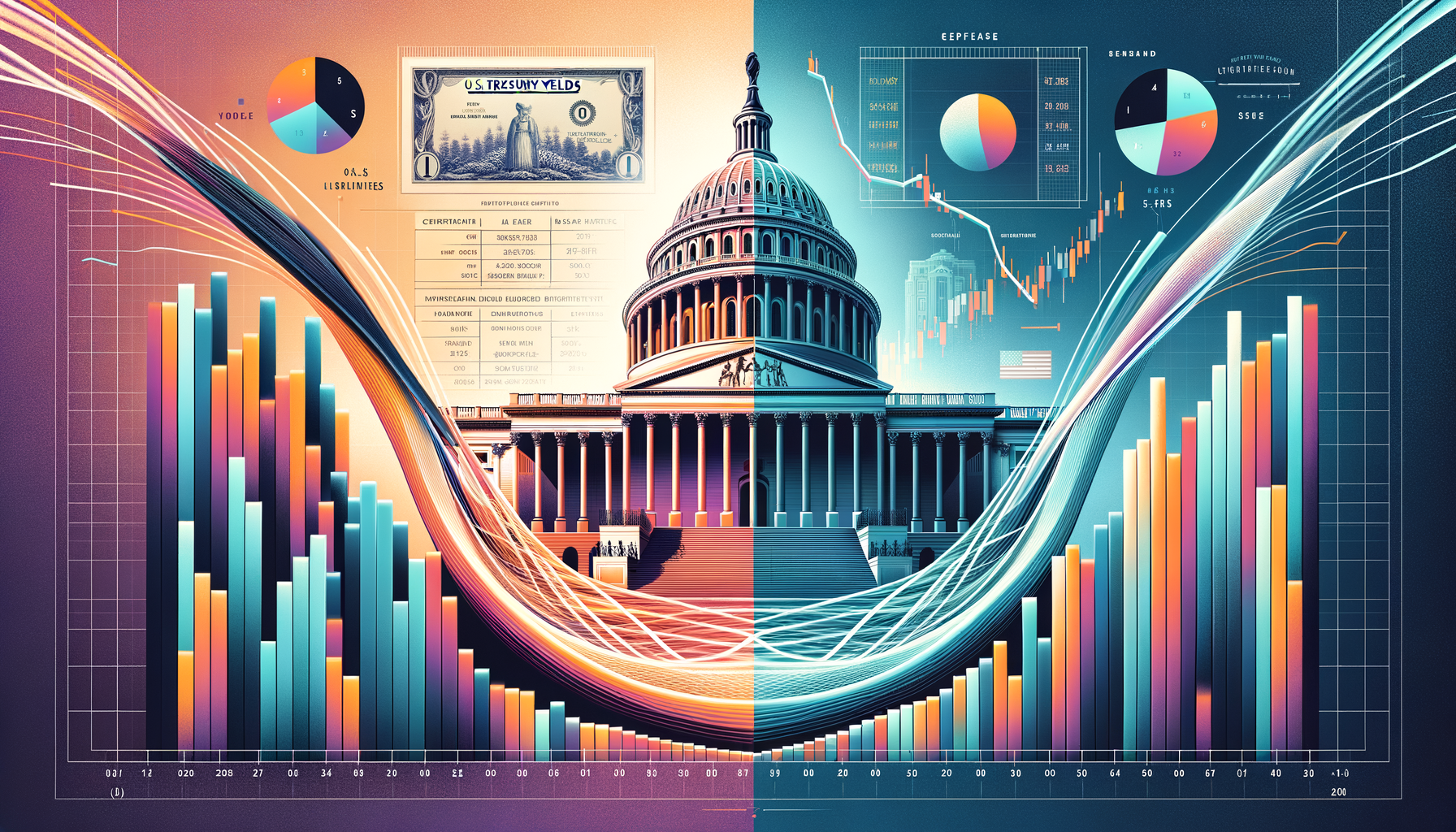“Analyzing the Benchmark Lending Rates: An In-Depth Review of March 14th’s Mortgage Market”
Historically, the U.S. Treasury yields have been a primary driver of mortgage rates, playing a pivotal role in setting the interest rate for home loans. Of late, it seems this connection has been severed, creating noticeable confusion and concern in the mortgage market. The dynamics of the unlikelihood of the 10-year Treasury yield to follow the mortgage rates and the reasons behind this phenomenon will be the main focus of this article.
Traditionally, one could predict the movement of mortgage rates using trends monitored in the U.S. Treasury yields. We have seen this relationship exhibit consistency over the years, with the mortgage market appearing to have harmonious synchronization with the U.S. Treasury. However, it’s no longer business as usual. The mortgage and Treasury markets are dancing to different tunes.
The understanding relating to Treasury yields and mortgage prices revolves around the purchasing and selling of mortgage loans between lenders and investors. Once a lender issues a mortgage loan, they often sell it to an investor who reimburses the lender, allowing them to issue new loans.
The pricing of these mortgage loans is influenced by the bond market. Essentially, when bond yields rise, mortgage rates do the same and vice versa due to the shared relationships that bonds hold with investments and loans. Until recently, Treasury yields and mortgaged-backed securities (MBS) prices moved in concert, keeping this relationship in sync.
However, over the past month, a significant deviation has emerged between the 10-year Treasury yield and mortgage rates. Disconcertingly, mortgage rates have not shown the anticipated downward adjustment synchronous with the Treasury. This development has elicited bewilderment and concerns among various stakeholders, including mortgage service providers, investors, and would-be homeowners.
What is causing this disconnect? What are the implications, and what can stakeholders expect moving forward? To explore these questions, we must venture into bond market intricacies and the changing landscape within the mortgage industry.
One crucial factor influencing this shift is the change in Federal Reserve tactics, specifically on matters involving quantitative easing (QE). QE is a monetary policy that central banks employ when the interest rates are close to zero to stimulate the economy by purchasing longer-term government securities. Intriguingly, the Fed has reduced its MBS purchases, affecting the supply of MBS and inevitably impacting their prices.
Furthermore, uncertainties brought about by a pandemic-ridden business environment and global geopolitical conflicts have fostered increased market volatility, leading to more fluctuations in bond prices and yields. The economic uncertainties have likewise dampened investors’ risk appetite, leading to a preference for safer asset classes such as Treasuries, thus driving down the Treasury yields.
Another contributing factor is the differences in trading mechanisms. In 2020, the introduction of Uniform MBS (UMBS) led to a significant transformation in how MBS are traded, offering an interchangeable security for trade regardless of whether Fannie Mae or Freddie Mac initially issued the loans. However, these new mechanisms failed to consider the TBA (to-be-announced) security forward. This issue has given rise to price discrepancies, which could be contributing to the noted divergence between the MBS prices and Treasury yields.
The new guidelines on risk weighting for High Volatility Commercial Real Estate (HVCRE) have also contributed to the observed disconnect. These guidelines have increased the demand for Treasuries, in turn lowering Treasury yields while leaving mortgage rates relatively unaffected.
The impact of these changes is widespread, affecting homeowners, potential buyers, and investors alike. Homeowners looking to refinance their mortgages are finding less favorable rates, despite the prevailing lower Treasury yields. Prospective homebuyers are also facing unexpectedly higher interest rates, making homeownership more expensive and further straining the already strained housing affordability.
On the investment front, the incongruity between the Treasury yields and mortgage rates has created a ripple effect. Lenders who are unable to pass on the increased rates to borrowers have their profit margins shrunk. Investors, on the other hand, might find MBS less attractive compared to Treasury bonds because of the reduction in yields.
Despite these challenges, it is important to note that the bond market is subject to economic and regulatory conditions, making it quite unpredictable. Therefore, this phenomenon could be temporary. As the economy adjusts to the new normal and the changing tactics of the Federal Reserve, we could witness a reversion to the more expected relationship between MBS prices and Treasury yields. However, until then, stakeholders across the mortgage industry need to adapt to the changing landscape.
All in all, depicting the dynamics of Treasury yields and mortgage rates is like trying to put together a puzzle with pieces that continually shift their shapes. It requires a keen understanding of the shifts in monetary policies, global market dynamics, and the evolving framework within the mortgage industry. It’s evident that market dynamics are in a state of flux, and though these are uncertain times, they provide a powerful stimulus for reevaluation and innovation for market players in the mortgage industry. The current disconnect between Treasury yields and mortgage rates may be confusing and concerning, but it’s also a call to adapt, innovate, and thrive amid changing circumstances.

